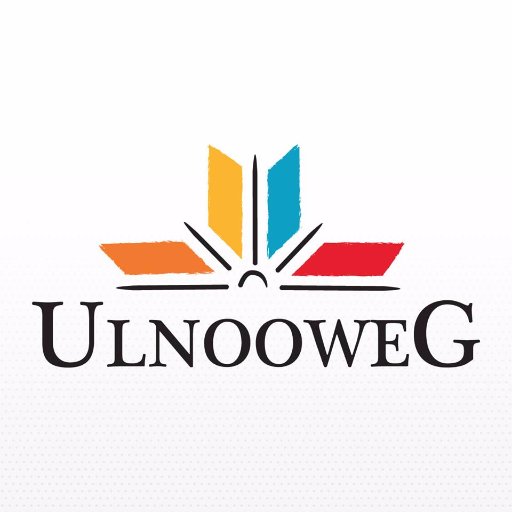The Ulnooweg Development Group, a non-profit organization that encourages economic development among the Mi’kmaq people, will lead an initiative to teach digital skills to First Nations children in Atlantic Canada.
Chris Googoo, the chief operating officer of Ulnooweg, said the initiative will focus on key sectors like animation, big data, robotics, artificial intelligence and web development.
By partnering with organizations like the Canadian Space Agency and Acadia University, Ulnooweg will show First Nations students from kindergarten to Grade 12 the fundamentals and real-world applications of digital skills.
“They’ll come into schools and teach robotics,” said Googoo in an interview. “Our goal is to teach the kids about not just robotics but how it’s used in society, like to put a man into space.”
The initiative comes after a recent funding announcement by the federal government, which granted $1 million to Ulnooweg from its CanCode program. CanCode is a two-year program that will contribute $50 million into organizations to teach digital skills, like coding. The government says CanCode will provide funding to 63,000 teachers so they can provide students with the education needed to enter the digital workforce. In particular, the government hopes to encourage such education in segments of the population who have so far been under-represented in the new economy.
Ulnooweg, which roughly translates as “to make Indigenous”, works with 26 First Nations communities across the region, providing loans and resources to Indigenous entrepreneurs. The organization hopes to form key partnerships to help deliver the tech education program, including the Acadia Robotics Program.
Lunney Sisters Become Tech Founders at Jedi
Googoo said Acadia “is really excited about our partnership because there currently are no First Nations students in their robotics programs and competitions.”
Ulnooweg will use its CanCode funds over an 18-month period. In addition to bringing digital skills into the classroom, “creative micro-labs” stocked with up-to-date learning resources and equipment will be set up in centers in six different communities. The first micro-lab will be up and running in the spring.
But for Ulnooweg, the effects of the CanCode funding will go beyond those 18 months.
“This is a long-term game for us, though it’s an 18-month program,” said Googoo. He said innovation and digital skills will help bring Indigenous children and their communities out of poverty.
“This investment is huge for us and we don’t think short-term here.”
Indigenous children, the fastest-growing population in Canada, face a large gap when it comes to access to technology. Googoo said there is a $2,500 disparity per student in funding between Indigenous and non-Indigenous schools.
By enhancing students’ knowledge in digital skills, Ulnooweg hopes to eliminate the barriers that stand in the way for Indigenous children. He believes that digital skills and innovation will create a sustainable economy to bring their communities out of poverty.
“There is a cycle of dependence on the government,” said Googoo. “It doesn’t provide the necessary role models or resources to innovate, and innovation will be the key to getting out of poverty. We want kids to go out there and explore other communities and see the world.”










